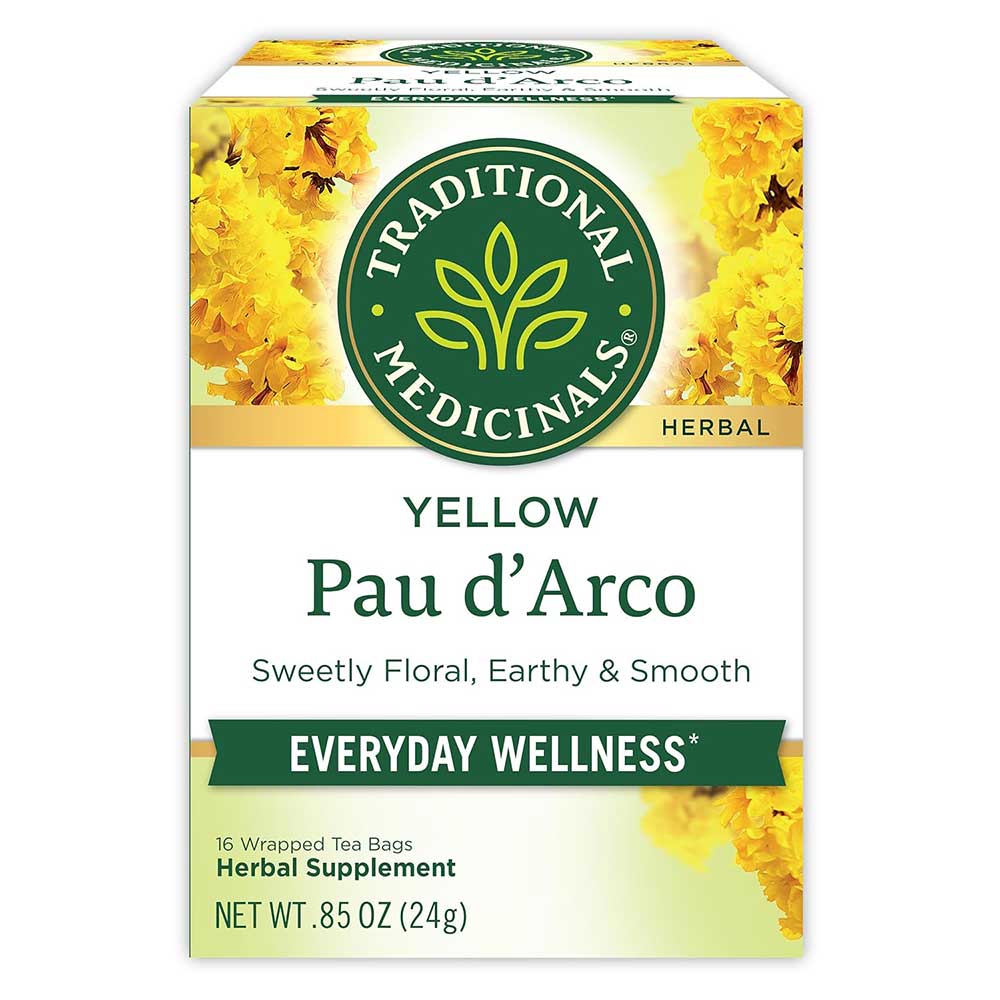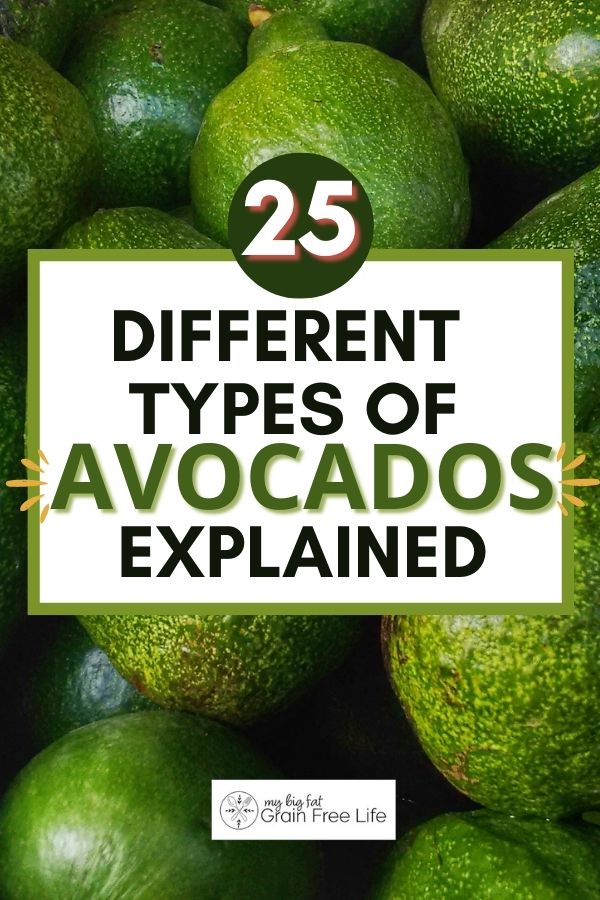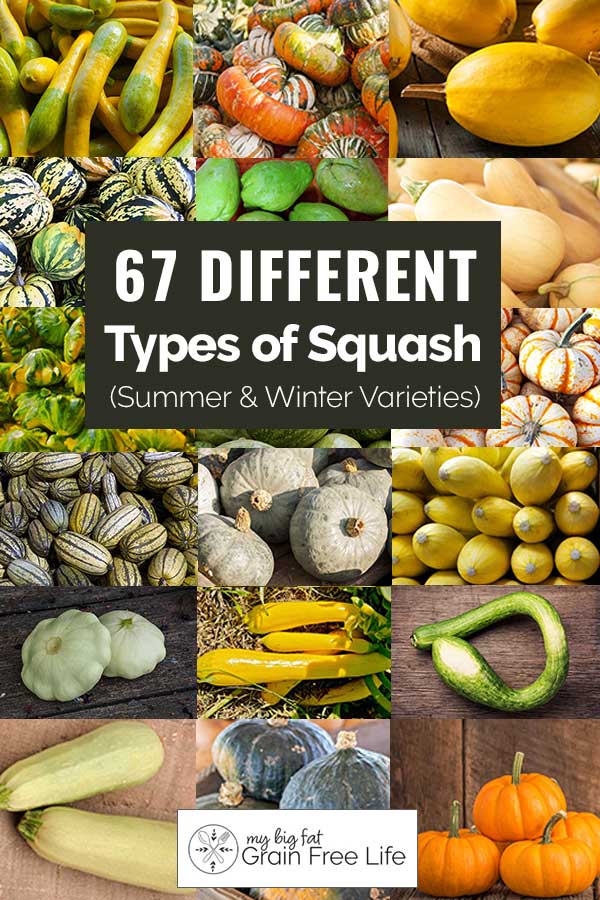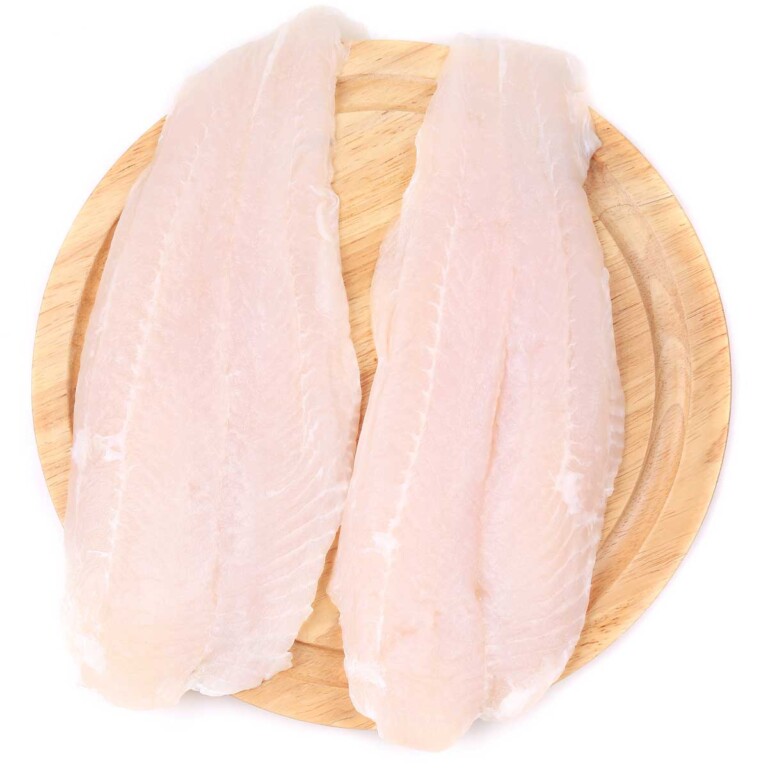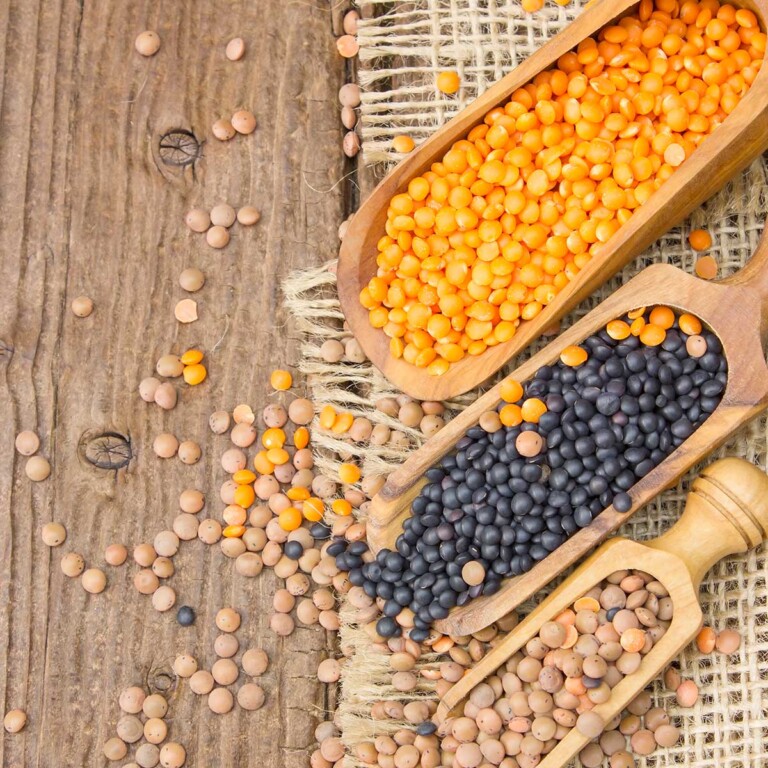The Best Tea to Drink When You Have a Candida Infection
This post may contain affiliate links. If you make purchase after clicking a link, I may receive a commission at no extra cost to you.
Last Updated on February 5, 2024
When you have an infection like Candida it’s good to know what foods and drinks to avoid that can worsen your symptoms. It’s equally as important to explore what foods and supplements can help heal it naturally. Drinking the best tea for Candida can also be helpful (and soothing!).

Candida
Never in my life have I experienced an infection as invasive as Candida. I had no clue that all the symptoms I was experiencing were due to an invasive Candida infection. Candida overgrowth wreaked a lot of havoc in my gut, but also left me in a fog, and worse of all I suffered with recurrent vaginal yeast infections from the yeast overgrowth.
I was finally able to get rid of my overgrowth of Candida along with the recurrent yeast infections with some dietary changes using a holistic approach.
Here’s what you need to know about treating Candida naturally.
What Is Candida?
Candida is a type of yeast that naturally exists in our bodies, particularly in the mouth, gut, and vagina. However, when the balance of good bacteria in our body is disrupted, Candida yeast can overgrow and cause an infection. This condition is known as a Candida infection or Candidiasis.
Conventional Candida treatment involves a prescription medication such as an antifungal agent. However, with the help of your healthcare provider, you can adopt an anti-Candida diet and incorporate some more natural remedies to try and treat Candida symptoms first.
You can even order your OWN blood test if you suspect Candida! You can also do a DIY Candida spit test, although the results are not always conclusive, so it’s best to consult your doctor.
What Are the Symptoms of a Candida Infection?
A Candida infection can manifest in various ways depending on its location. Common symptoms include:
- persistent fatigue
- recurrent yeast infections
- digestive issues such as bloating and constipation
- brain fog
- skin rashes or itching
- weakened immune function
Since these symptoms can also be caused by other conditions, it’s essential to consult with a healthcare professional for an accurate diagnosis.

What Causes Infection by Candida Albicans?
The most common cause of a Candida infection is an imbalance in the microbiome – the delicate ecosystem of microorganisms present in our bodies.
Factors such as a weakened immune system, prolonged use of antibiotics, high sugar intake, hormonal changes (such as during pregnancy), and chronic stress can disrupt this balance and allow Candida albicans to multiply rapidly.
Ways to Diagnose Candida
Healthcare professionals may use various methods to aid in diagnosis. These can include thorough medical history assessments, physical examinations, laboratory tests, and sometimes even specialized tests like saliva or urine tests designed to detect specific markers associated with Candida overgrowth.
- Physical examination: During a physical examination, doctors may look for signs such as white patches in the mouth (oral thrush), redness or irritation in the genital area (vaginal yeast infection), or skin rashes that could indicate Candida overgrowth.
- Stool test: A stool sample is analyzed to detect the presence of Candida and assess its levels in the gastrointestinal tract.
- Blood test: Specific antibodies or antigens related to Candida can be detected in the blood to confirm an infection.
- Urine test: This test measures levels of D-arabinitol, a waste product produced by Candida, in urine samples.
- Saliva test: Some practitioners use saliva tests to measure levels of antibodies against Candida. Note, this is different than the DIY spit test I mentioned above.
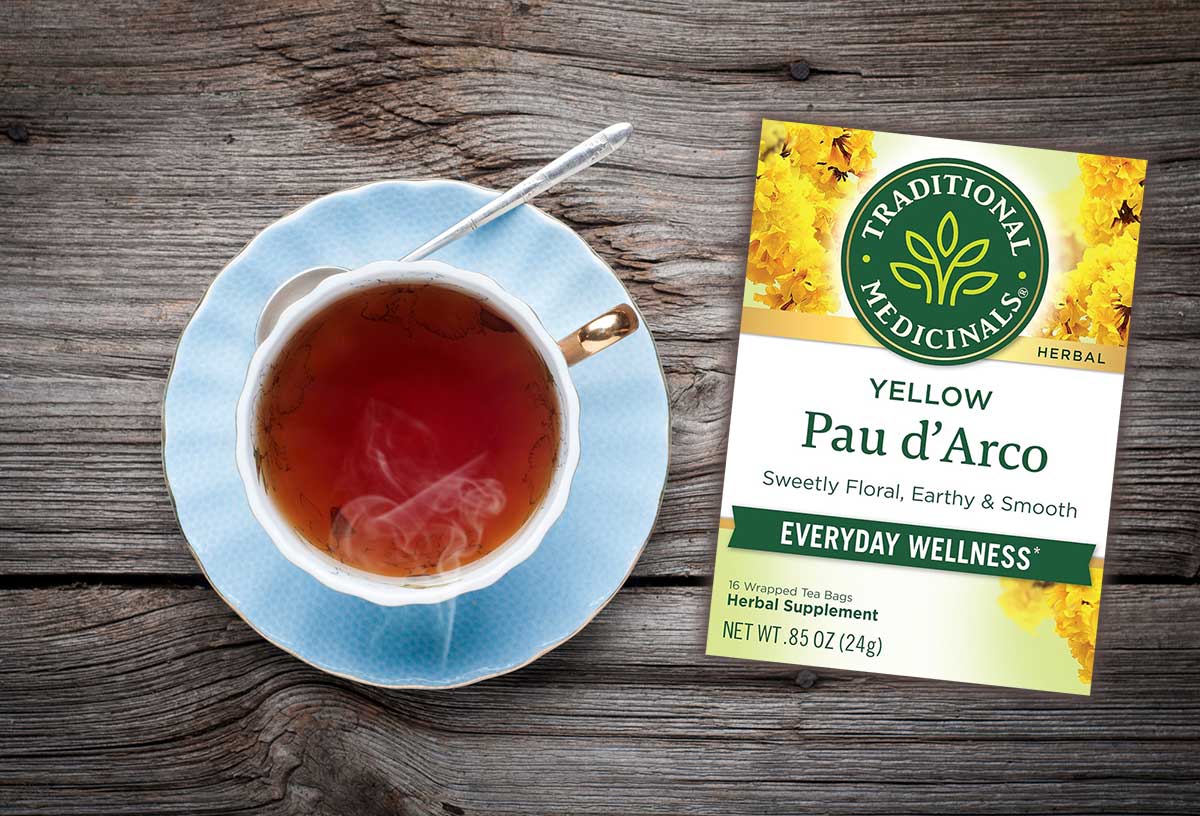
Best Tea for Candida
There are various teas and herbal blends that can be helpful for Candida, however the best tea to drink for a Candida infection is pau d’arco tea.
Pau d’arco tea is derived from the inner bark of the Tabebuia avellanedae tree and has been traditionally used for its antifungal properties.
Pau d’arco contains compounds such as lapachol and beta-lapachone, which have been found to exhibit antifungal activity against Candida species. These compounds work by interfering with the growth and replication of Candida cells, helping to reduce the overgrowth of this fungus in the body.
How to Drink Pau D’ Arco Tea for Candida
To prepare pau d’arco tea, steep 1-2 teaspoons of dried pau d’arco bark in a cup of boiling water for about 10-15 minutes. You can use empty tea bags to steep the bark or just strain the tea before drinking it.
For treating Candida infection, it is recommended to drink 2-3 cups of pau d’arco tea per day. However, it’s important to note that pau d’arco should not be consumed for an extended period of time without consulting a healthcare professional.
It is also advisable to combine this treatment with other lifestyle changes and dietary modifications that are aimed at reducing Candida overgrowth.
Other herbal teas that are helpful when fighting Candida:
- Peppermint Tea: Peppermint leaf tea has antifungal properties that can help combat Candida overgrowth. It also aids in digestion and soothes the gastrointestinal tract.
- Chamomile Tea: Chamomile tea has anti-inflammatory properties that can help reduce inflammation caused by Candida overgrowth. It also promotes relaxation and better sleep, which is beneficial for overall health.
- Green Tea: Green tea contains catechins, which are natural antioxidants that have been found to have antifungal properties against Candida. It also boosts the immune system and supports detoxification processes in the body.
- Ginger Tea: Ginger root tea has powerful antimicrobial properties that can help inhibit the growth of Candida. It also aids digestion, reduces inflammation, and strengthens the immune system. Ginger tea is great for acid reflux too!
- Rooibos Tea: Rooibos tea is rich in polyphenols, which have been shown to possess antifungal activity against Candida species. This loose leaf tea is caffeine-free and can be enjoyed throughout the day.
Natural Ways to Treat Candida
In addition to incorporating herbal teas into your routine, there are several natural approaches you can take to treat Candida.
- Incorporate anti-fungal foods into your diet, such as garlic, coconut oil, and apple cider vinegar.
- Eliminate or reduce your intake of sugar and refined carbohydrates, which can feed the growth of Candida.
- Increase your consumption of probiotic-rich foods like yogurt, kombucha and kefir, and sauerkraut to support a healthy gut flora.
- Take natural antifungal supplements like oregano oil or caprylic acid under the guidance of a healthcare professional.
- Manage stress levels as stress weakens the immune system and contributes to Candida overgrowth.
- Avoid excessive alcohol consumption, as it can disrupt the balance of beneficial bacteria in the gut.
- Use natural remedies like tea tree oil or lavender oil topically to alleviate symptoms of Candida overgrowth on the skin or nails.
- Practice good oral hygiene by brushing and flossing regularly and using an alcohol-free mouthwash to prevent oral thrush caused by Candida overgrowth in the mouth.
- Get enough sleep and maintain a healthy lifestyle overall to support a strong immune system that can keep Candida in check.
Candida Diet
A well-balanced and carefully planned diet can help control the symptoms of Candida overgrowth and support the healing process. For the diet’s effectiveness to work, you have to be strict though!
When you have Candida, your diet should focus on eliminating foods that promote the growth of yeast, such as sugar, refined carbohydrates, and processed foods. These foods provide an ideal environment for Candida to thrive and multiply. By avoiding them, you can help reduce the population of Candida in your body.
Additionally, incorporating anti-fungal foods into your diet can be beneficial. These include garlic, coconut oil, ginger, turmeric, and oregano. These foods possess natural anti-fungal properties that can help inhibit the growth of Candida.
👉 Learn more about the Candida diet.
What Supplements Can Help With Candida?
In addition to drinking the best tea for Candida (pau d’arco) I had some success using the following supplements that were recommended by my functional medicine doctor:
Oregano
Oregano is my go-to supplement for anything I’d normally be prescribed an antibiotic for. I also used ADP oregano when I had h.pylori and have successfully cured urinary tract infections and other viruses with it. Of course, be sure to consuly your PCP first. My doctor had me taking 1 tablet 3 x a day for about 10 days.
Candex
Candex helped kill off my Candida Albicans without causing a Herxheimer Reaction. A Herxheimer Reaction is a temporary worsening of symptoms that can occur when your body begins to eliminate toxins at a faster rate than it can effectively handle.
Lauricidin Monolaurin
Lauricidin Monolaurin helps get your gut in tip-top shape and build immunity.
Probiotic
Use a good probiotic to help balance out your microbiome. When I had Candida I used Mega Sporebiotics. Learn how to choose the best probiotics for Candida.
Garlic
Garlic contains a compound called allicin, which has antifungal properties that can help fight off Candida. It also boosts the immune system and supports overall health.
Tea Tree Oil
Tea tree oil is one of the most powerful antifungal essential oils that can help combat Candida overgrowth. It can be applied topically to affected areas or used in a diluted form for oral use.
Thyme
Thyme is rich in thymol, a natural compound with antimicrobial and antibacterial properties. It can help inhibit the growth of Candida, bacterial infections, and other fungi. Thyme can be used in cooking or as an herbal infusion for internal use.
Grapefruit Seed Extract
Grapefruit seed extract contains compounds such as polyphenols and limonoids that have been shown to have antifungal activity against Candida. It can be taken orally or applied topically to affected areas.
Cinnamon
Cinnamon has potent antifungal properties that can help combat Candida overgrowth. It also helps regulate blood sugar levels and supports overall immune function.
Ginger
Ginger possesses antifungal properties that may help fight off Candida. It also aids digestion, reduces inflammation, and supports the immune system.
Rosemary
Rosemary contains rosmarinic acid, which has been found to exhibit antifungal activity against Candida. It can be used in cooking or brewed into an herbal infusion for internal use.
Final Thoughts
If you suspect you have Candida, it’s a good idea to get a proper diagnosis from your doctor. When Candida becomes invasive, it can lead to a condition called invasive Candidiasis. This occurs when the fungus enters the bloodstream and spreads throughout the body.
Invasive Candidiasis is a serious medical condition that can affect various organs and systems, including the bloodstream, heart, brain, kidneys, liver, and spleen.
Once you have a diagnosis, you can attempt to rid your body of it naturally by drinking the best tea for Candida, pau d’arco, along with incorporating some of the other natural Candida remedies mentioned above and making diet changes.
Sources
- https://www.cdc.gov/fungal/diseases/candidiasis/index.html
- https://my.clevelandclinic.org/health/diseases/22961-candida-albicans
- https://www.webmd.com/skin-problems-and-treatments/what-is-candidiasis-yeast-infection
- https://www.cdc.gov/fungal/diseases/candidiasis/genital/index.html
- https://pubmed.ncbi.nlm.nih.gov/33915040
- https://www.ncbi.nlm.nih.gov/pmc/articles/PMC4334616
- https://www.ncbi.nlm.nih.gov/pmc/articles/PMC4924139
- https://www.ncbi.nlm.nih.gov/pmc/articles/PMC10241316
- https://brieflands.com/articles/gct-92867
- https://www.healthline.com/health/grapefruit-seed-extract-candida
- https://www.ncbi.nlm.nih.gov/pmc/articles/PMC7711718


